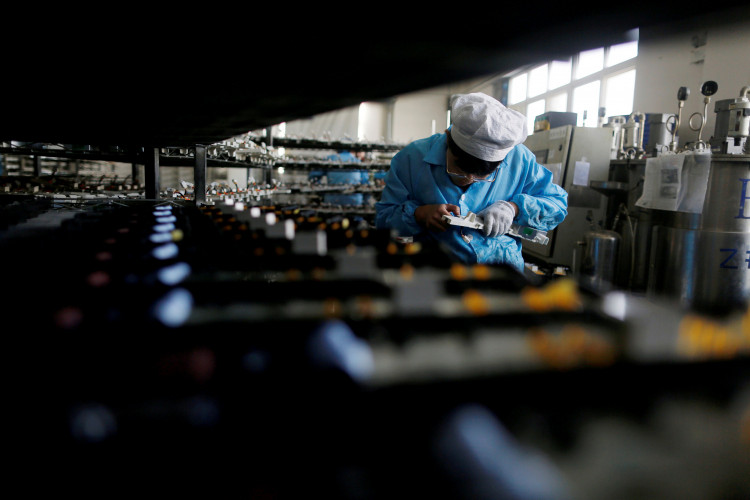The Chinese southern province of Guangdong is currently at the front line of China's manufacturing sector as it leads the country's growth in factory activity amid the escalating China-US trade war.
The Caixin Purchasing Managers' Index shows that Guangdong's manufacturing sector rose by 0.9 percentage points to 50.2 in September. The index also showed that new export orders in the province jumped to 50.6, the highest it reached after three challenging months.
In August, the index decreased below 49.3. This continued through the month of September where the index reflected the decrease in both external and domestic demand for manufactured goods, resulting in the slowdown in the Guangdong's factory activities.
Overall, China's manufacturing sector had been thriving with challenges as the China-US trade war persists.
The PMI showed that the overall manufacturing output in the country continued to rise in September but the rate by which it was growing is the slowest the country had achieved in the past years. The rise in factory activity was the weakest recorded for nearly a year.
The sluggish movement was primarily driven by a slowdown in production since there has also been a diminishing demand for job orders received by the factories across the country.
The PMI underlined that there had been subdued market demand and reduced export sales. The unresponsiveness in the market was particularly impacted by the slump in new export orders as the China-US trade war and the ongoing retaliatory tariffs from both sides continued to impact foreign sales.
The slump in job orders for the manufacturing sector had unfortunately resulted in a fall in staff numbers. There had been company restructuring while more employers voluntary resigned from their jobs. As expected, the rate of job cuts was the fastest turn around in 14 months. This created work backlogs and more productions delays, including lags in delivery. Product delivery had also been impacted by tougher policies and lower stocks and inventories.
As there had been a slump in job orders, stocks are coming slowly while inventories of finished goods had also fallen for the fifth month in a row.
As China endures the impact of trade tensions, the country has found relief from its services sector which brings in more than half of its economy. The PMI showed that China's service industry, which includes retail, information technology, and insurance services, expanded at a faster rate in September. This could be attributed to an immediate policy shift where the national government boost its lending to local services and issued more budget for local infrastructure initiatives.






